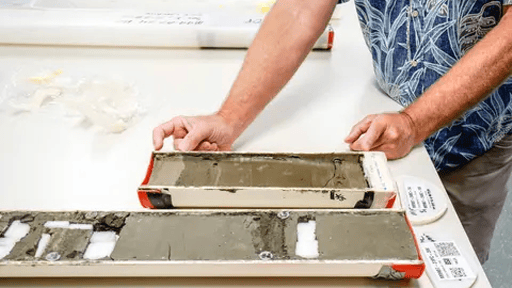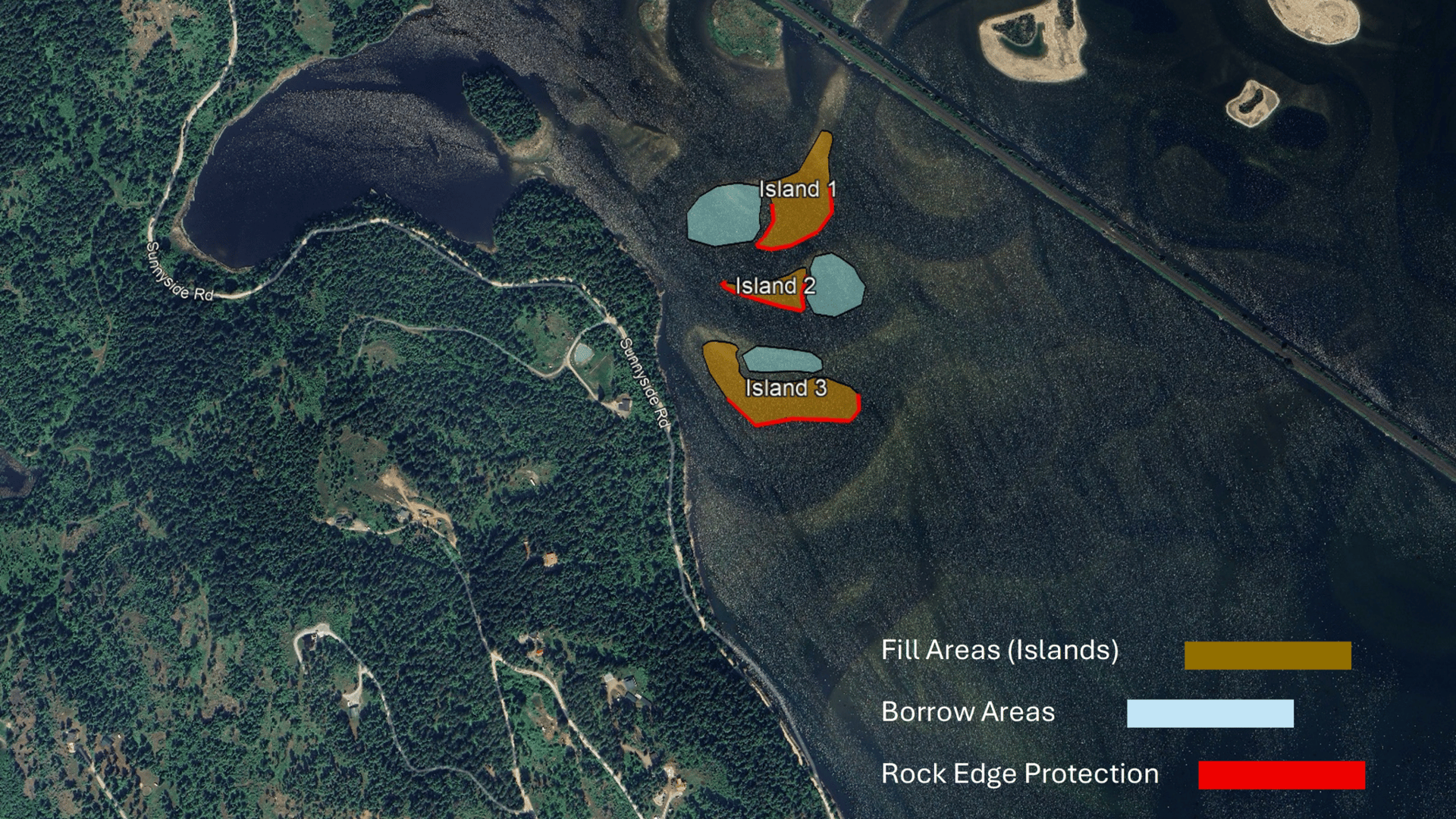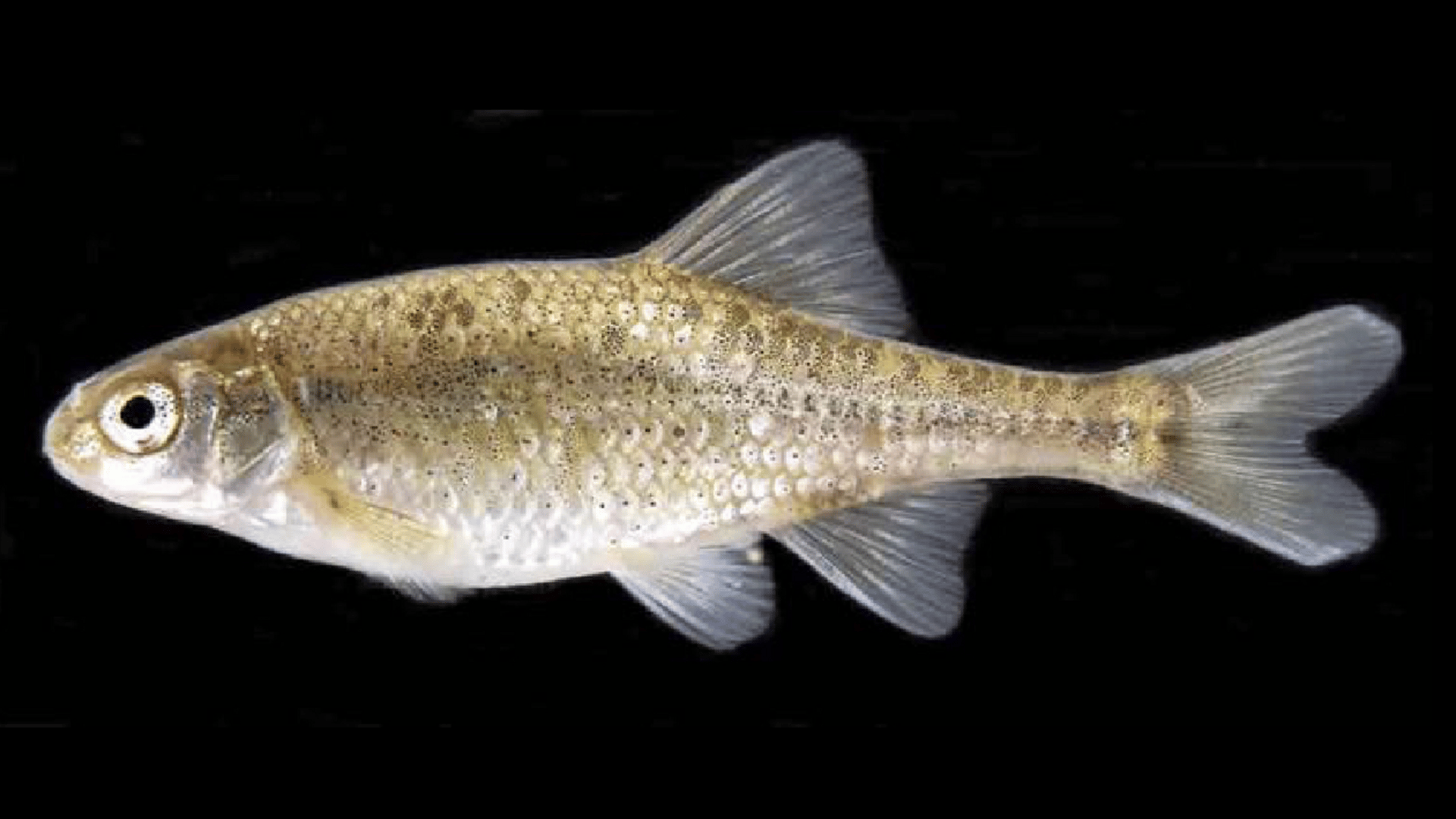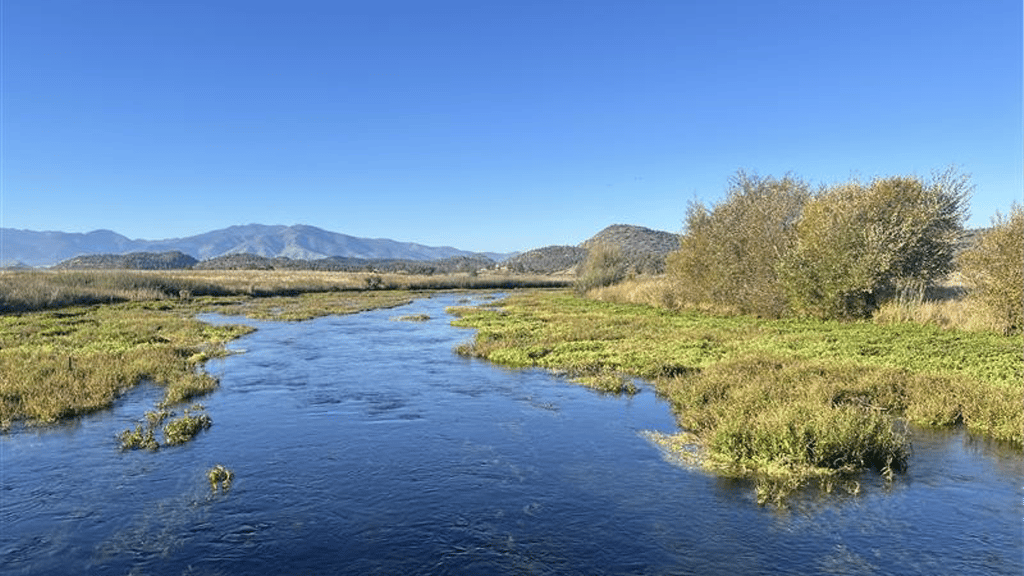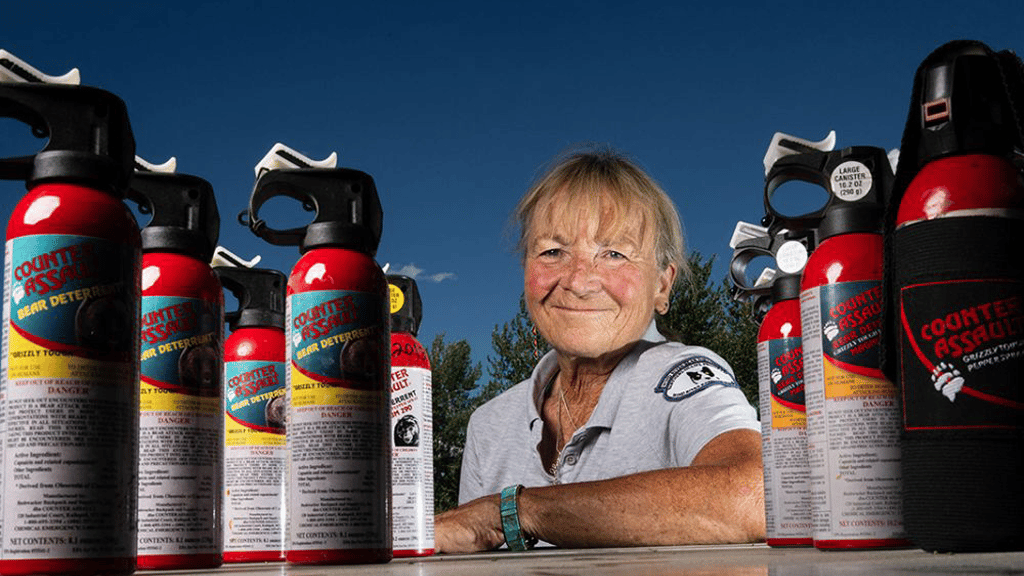- The Columbia Basin Bulletin
- Posts
- Columbia Basin Bulletin - October 20, 2025
Columbia Basin Bulletin - October 20, 2025
Judge Denies Feds' Request Due to Shutdown, Plaintiffs Seek Changes to Dam Operations to Aid Fish... and more

In a wild two weeks in the U.S. District Court in Portland, federal government attorneys asked the court on Oct. 2 to put a hold on renewed litigation that challenges federal environmental impact statements and biological opinions regarding the impact of operations of Columbia and Snake river federal dams on imperiled salmon and steelhead. The hold in litigation, they said, is due to the government shutdown.
Two fault systems on North America’s West Coast – the Cascadia subduction zone and the San Andreas fault – may be synchronized, with earthquakes on one fault potentially triggering seismic events on the other, a new study found.
A large habitat restoration effort is set to begin this fall on northern Idaho’s Pack River delta, continuing work to improve fish and wildlife habitat in Lake Pend Oreille. Construction on the third phase of the project will begin late this month or early next month, just east of the area locals refer to as Mud Lake.
The Center for Biological Diversity has petitioned the U.S. Fish and Wildlife Service to protect two declining freshwater fish species in Oregon and California under the Endangered Species Act. Petitions were submitted for the Umpqua chub in southwestern Oregon and the northern roach in northeastern California and southern Oregon.
The California Department of Fish and Wildlife and California Trout, joined by several community and conservation partners, invite the public to join in celebrating the fall return of Chinook salmon to the Shasta River in the Klamath Basin.
On Sept. 30, the Bonneville Power Administration made its annual payment to the U.S. Department of the Treasury for the 42nd consecutive year on time and in full, bringing cumulative payments to approximately $36.6 billion since 1984. The total payment for fiscal year 2025 was $1.2 billion.
Before bear spray, encounters between people and bears often ended in bullets. That changed when graduate student Carrie Hunt developed the life-saving deterrent at the University of Montana in the 1980s.

